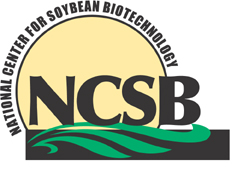 Search our database by Affymetrix Probe ID.
Search our database by Affymetrix Probe ID.
November 2021
- AccuTool and Soybean Allele Catalog for Soy775 dataset added.
- We launched SoyCSN, a tool to compute and visualize soybean context specific networks both at the expression and interactome level.
August 2015
- New upgraded combined gene and metabolite pathway viewer available.
January 2015
- RNA-seq data added for seed germination stages for private access.
July 2014
- New Gene Model Glycine Max Wm82.a2.v1 along with mapping to the old gene models added into gene card page.
June 2014
- Iplant username update/signup for SoyKB users implemented. Users with current Iplant accounts can add/verify their usernames and new users can sign-up for Iplant username and add information in SoyKB. Iplant username will be used for data access control for tools such as Jbrowse using Coge and future analysis pipelines access.
- User analysis jobs section added under the user profile page for easy access to results for jobs submitted for certain SoyKB tools.
- Function enrichment analysis capacity added under Tools and also in Differential Expression Suite of Tools.
- Soybean SNP50K array data added to SoyKB. Users can browse this data for multiple PI lines under SNP search.


 SoyKB: a powerful tool at the junction of plant biology and computer science
SoyKB: a powerful tool at the junction of plant biology and computer science







